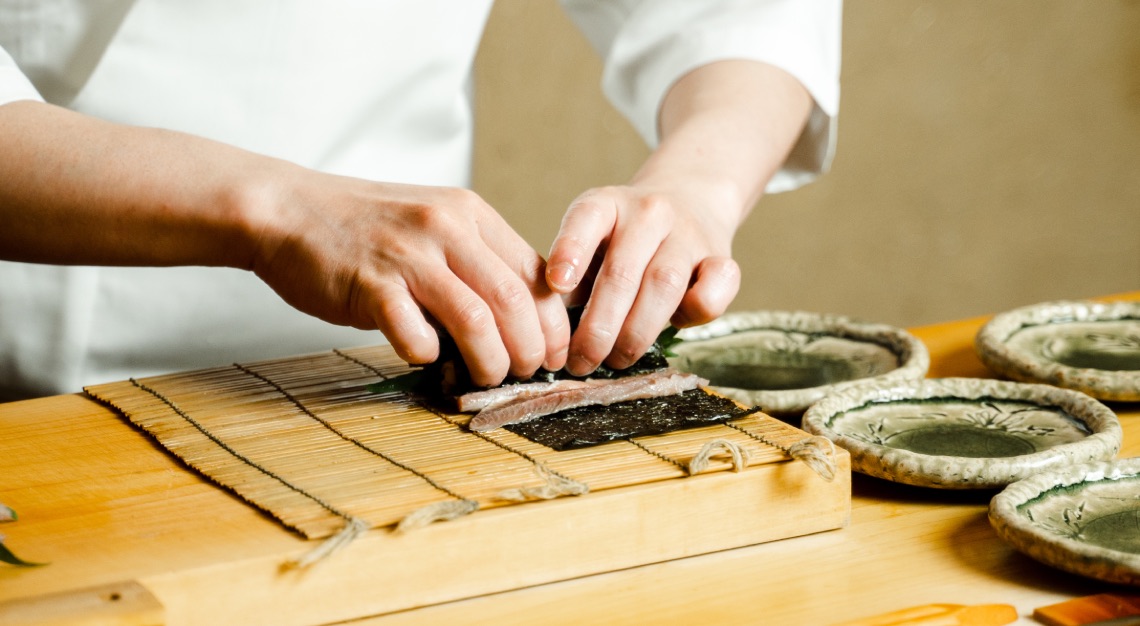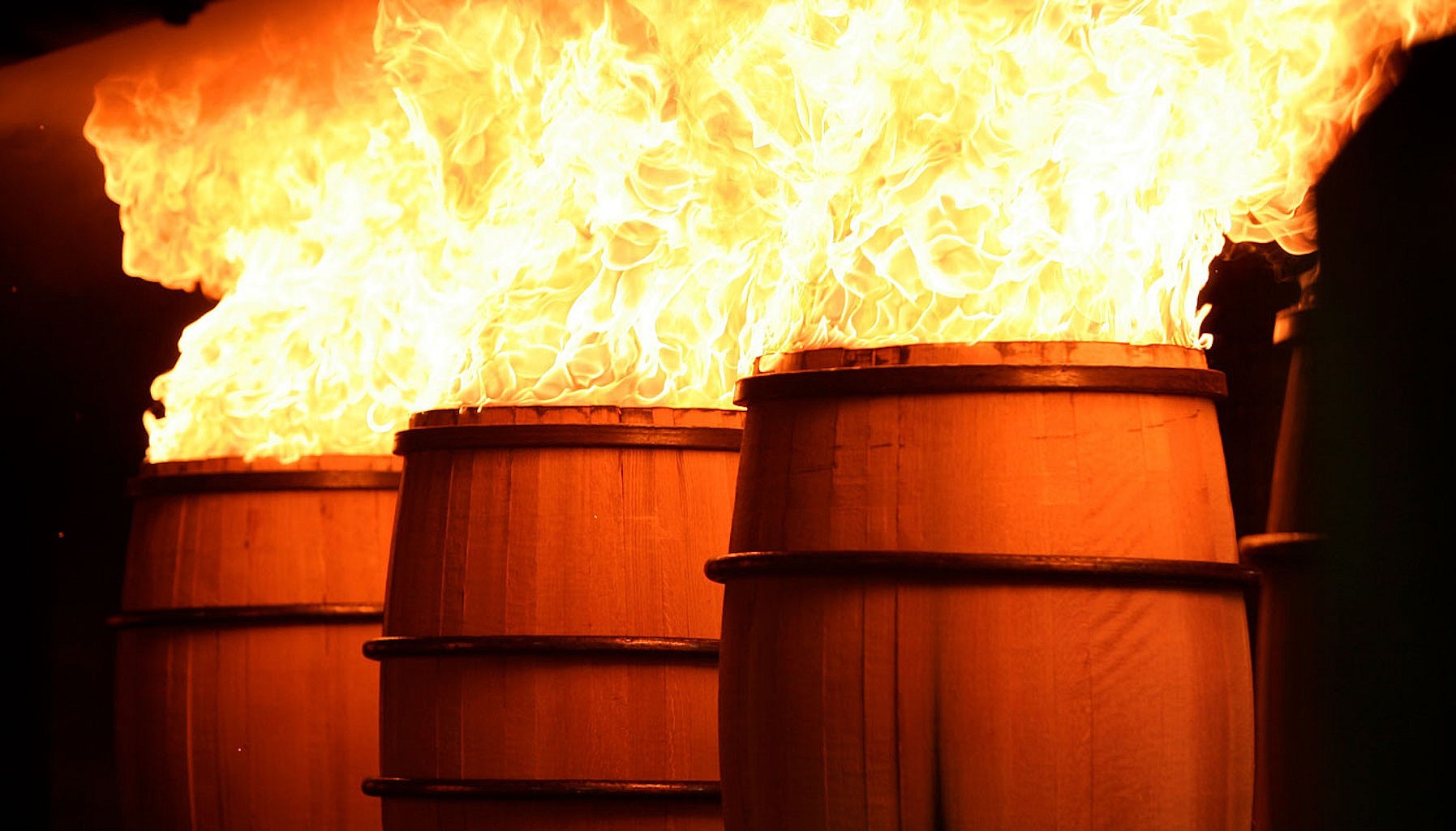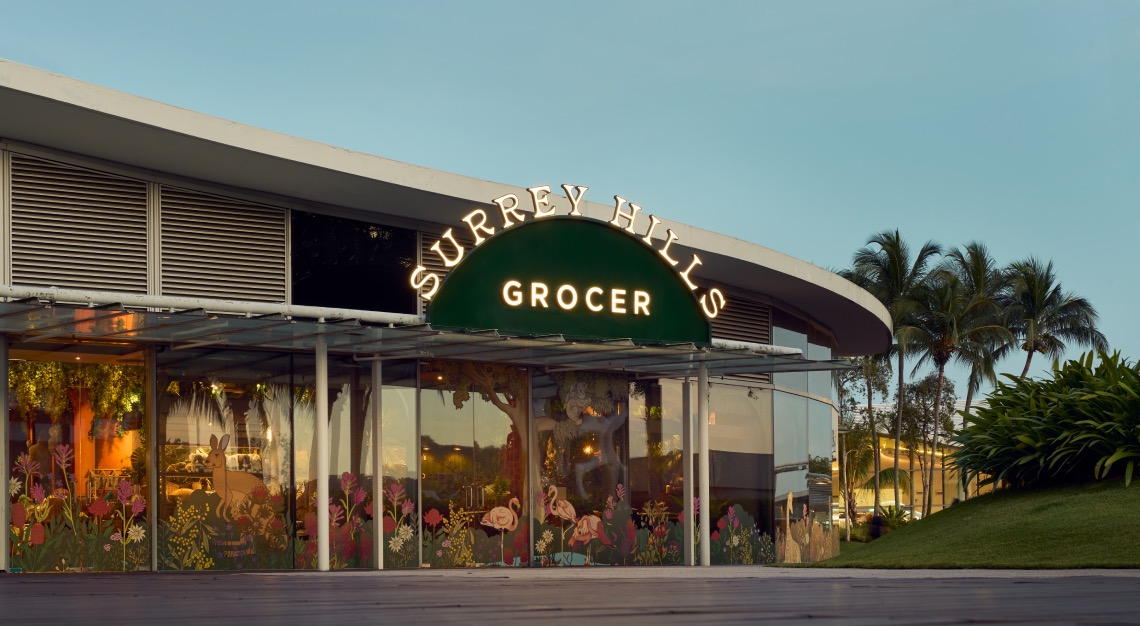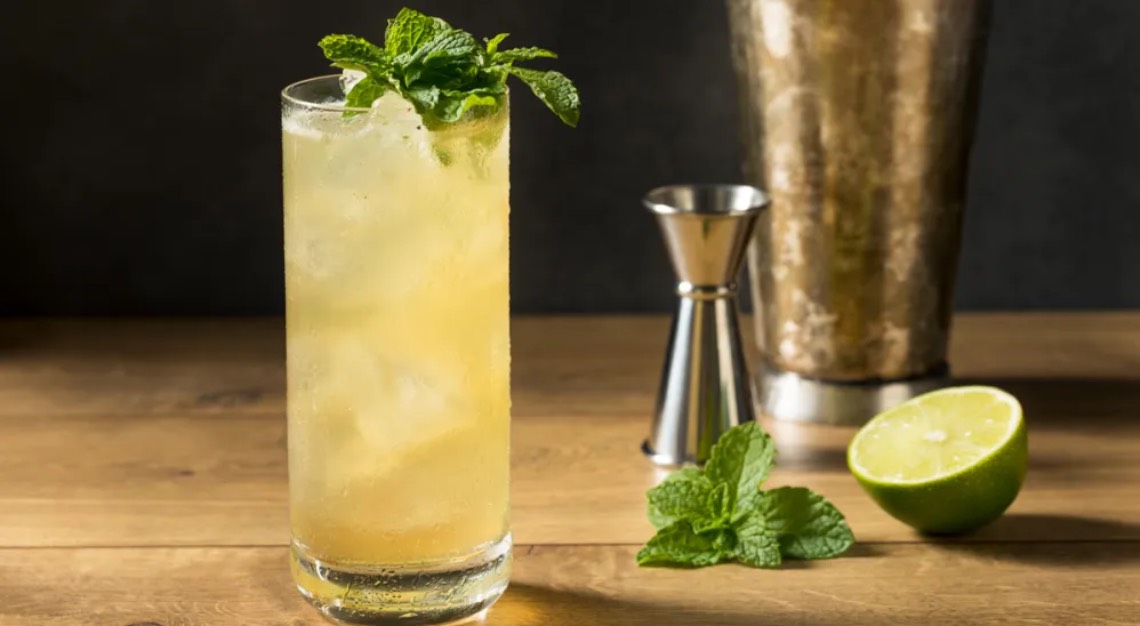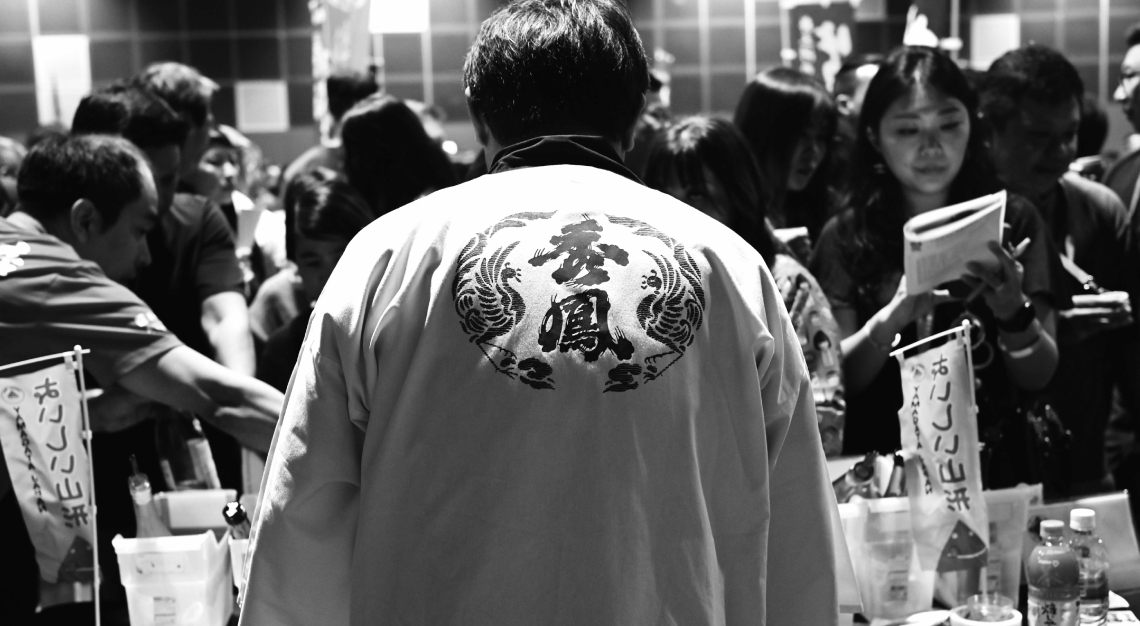Japanese and Chinese values run deep in Sushi Hare’s veins, filling bellies up with not just delicious food but respect, honour and empathy
What’s the story?
Depending on how you define ‘home’, there are few omakase restaurants you can call that. But at Sushi Hare, where the Chinese value of ren qing wei (flavour of humanity) runs deep, dining here is tantamount to a meal at a friend’s place. It comes from chef Angus Chang’s Taiwanese heritage, work and personal journey, which taught him respect, honour, empathy and generosity.
The Japanese spirit of shokunin runs equally deep. Referring to the pursuit of perfection undertaken by an artisan, this has been Chang’s North Star, driven by an unwavering quest for knowledge and self-improvement. Previously the head sushi chef at Mizuki (Singapore) and sous chef at Sushi Nomura (Tokyo), Sushi Hare is a place the chef-owner can call his own—a home away from home, if you will.
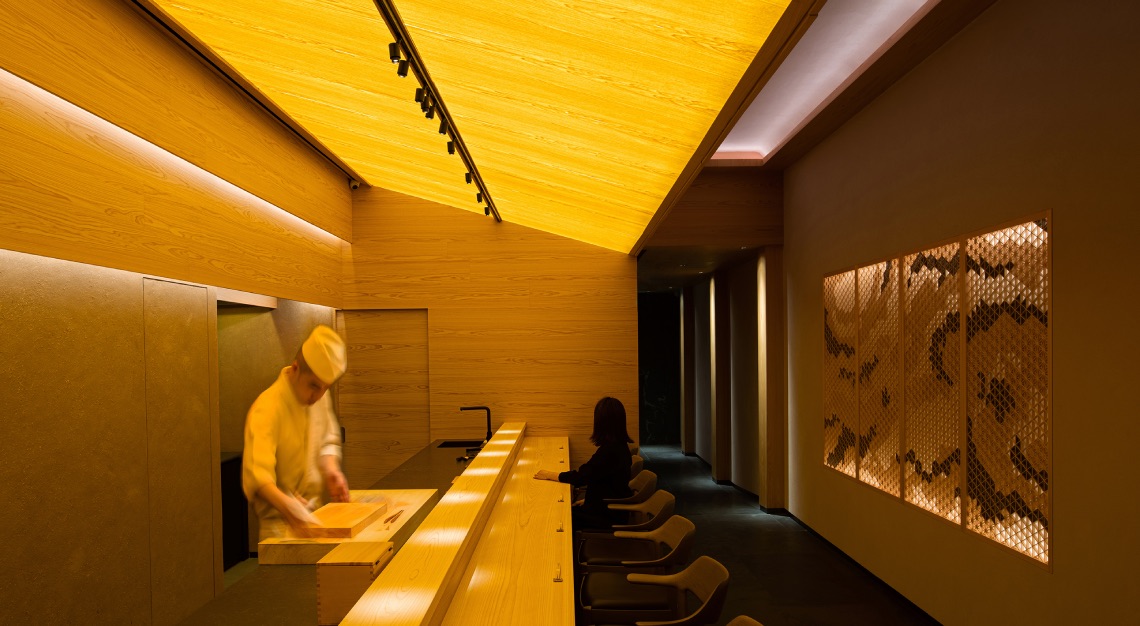
Housed in a conserved shophouse on Stanley Street, it is designed as a traditional Japanese residence with only 10 seats to go around. With seamless hinoki wood for its sushi counter and the light scent of cypress in the air, Sushi Hare exudes warmth and tranquility in more ways than one. ‘Hare’, in fact, refers to a vision of light rays on bright sunny days.
What’s the food like?
Sushi Hare runs on an eco-system of unique skill and vision, through a community of fishermen, farmers and producers, and even potters and wood craftsmen. Everything, from the rice and water to the taste and mouthfeel, is meticulously selected and thought through, in a balancing act of tradition and innovation. How seafood is cut must be precise in order to highlight its natural characteristics.
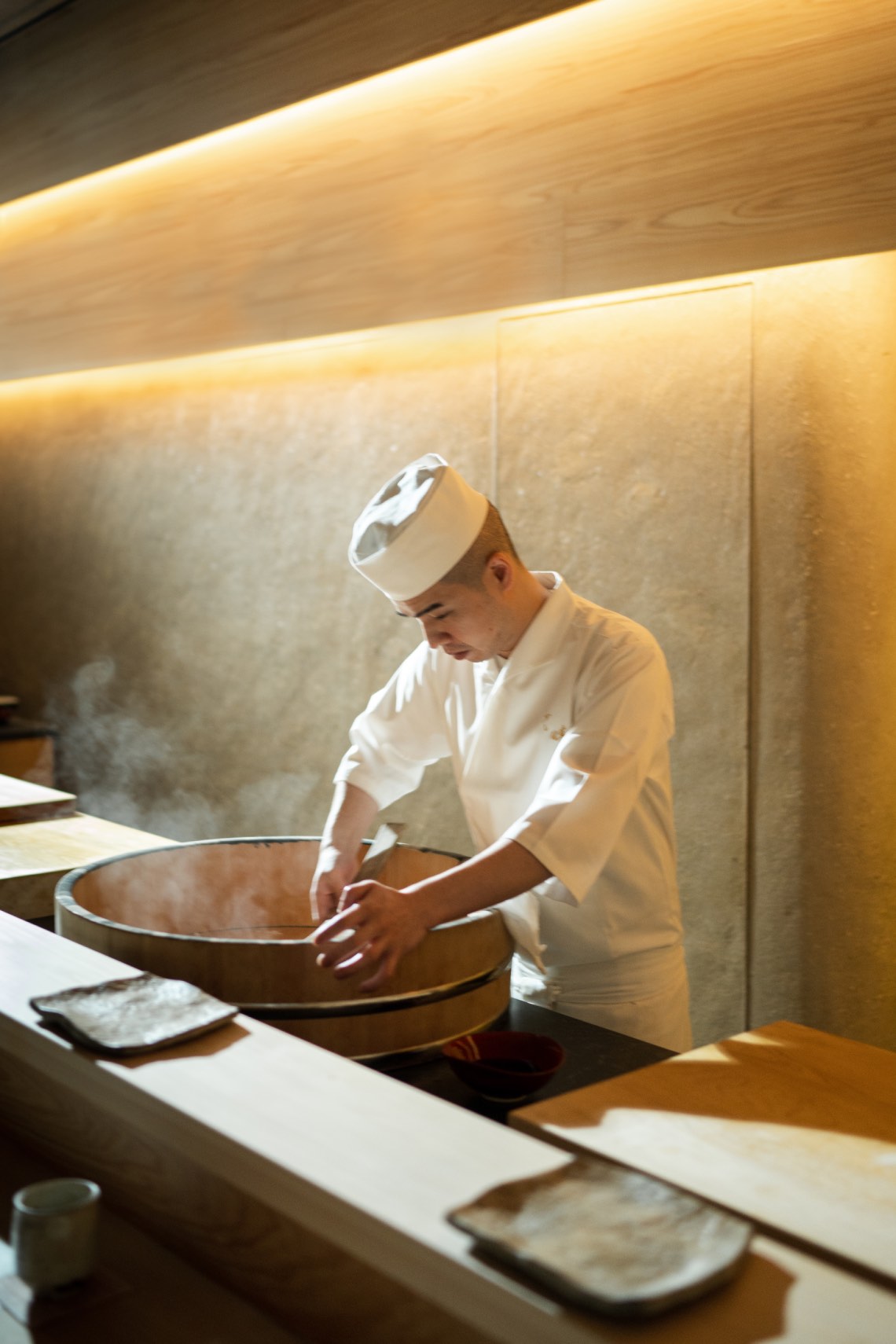
In the Shiro Ika, for instance, you will see a slice of Japanese white cuttlefish scored 30 times and dusted with sudachi zest and sea salt—a smart way of bringing out its sweetness. Shima Aji, or white trevally, apears on rice in slices for extra texture and unctuousness. Even the rice requires extra care. Before every batch of sushi, rice is scooped out to lower its temperature and primed to be seasoned according to the different toppings.
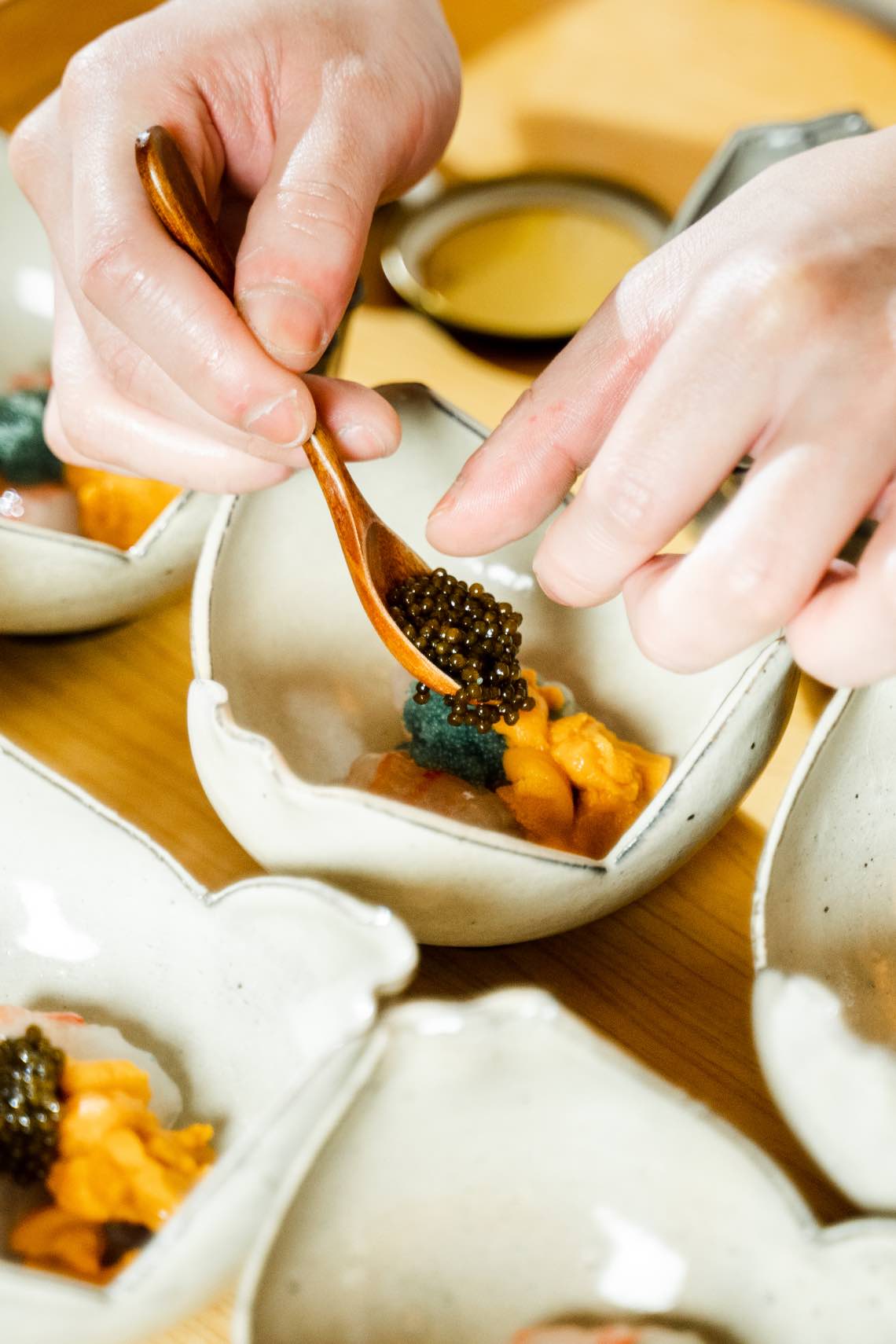
Lunch (S$250) or dinner (S$380), you will see glimpses of his Taiwanese heritage at times that call for it. Lu rou fan (braised pork on rice) inspired the Hotaru Ika; firefly squid, grilled over binchotan and wara straw for smokiness, is placed on a bed of white vinegared rice, flavoured with grilled botan ebi heads and topped with finely chopped scallions and soy sauce.
What else is there to know?
Chang is certified in sake, and he will be the best person to advise on pairings. Additionally, besides the lunch and dinner menus, there is a special Hare menu that starts at S$500. Give the restaurant a week’s heads-up if you are keen on that.
Sushi Hare
14 Stanley Street,
Singapore 068733
Tel: +65 9737 0113
